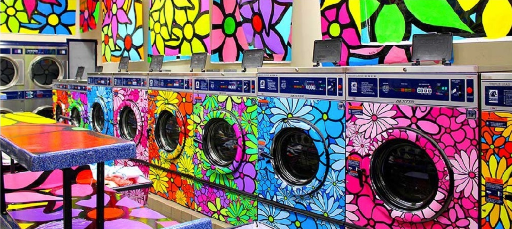
Le colloque est organisé par CLIMAS, avec la participation du CRECIB, du MIMMOC (UR 15072, Poitiers) et des Bassins des Lumières, Bordeaux.
Art, in the sense of canonical works, is frequently seen overflowing from its recognised loci (art gallery, concert hall, literary festival, poetry reading…) into everyday culture. This may be a deliberate strategy to make the canon more accessible to a wider public – e.g. the “Proms” – but is very often commercially motivated. Unlike “pop art” whose own aesthetic codes limited its appeal to a new élite, or the structured popularisation/vulgarisation of high culture which aims to sustain the canon and educate the public in its ways, “high” art frequently appears in “low” places. One of the most famous examples from the Victorian period is Sir John Everett Millais’ 1886 “A Child’s World” – more familiar as “Bubbles” – being used to advertise Pears’ soap. With the development of reproduction technologies and the consumerism (as explored, for example, in Walter Benjamin’s 1935 essay, The Work of Art in the Age of Mechanical Reproduction) – whether in Britain or the US –, later periods developed this relationship between high culture and advertising: classical art, but also classical music – from the use of Bach’s Air on a G-string to promote cigar-smoking to British Airways’ use of part of the Flower Duet from Delibes’ Lakmé, and many others. The exploitation of art by the communication industry as a tool is not restricted, however, to advertising. The first contact of an end-user with a private or public organisation is often via a loop of classical music while on “hold”. And works of art adorn many objects of everyday life: from coffee mugs to chocolate box lids, T-shirts to tailgates, the pressing into service of high culture, sometimes with, but very often without recourse to any ironical strategy, means that references to the canon are a regular occurrence of everyday life, sometimes in the most unexpected places. But what exactly do these practices aim to achieve? How do the artistic community, authors or composers, collectors, critics and commentators react to this? What does the general public think? In what ways is the perception of art affected by this commodification?